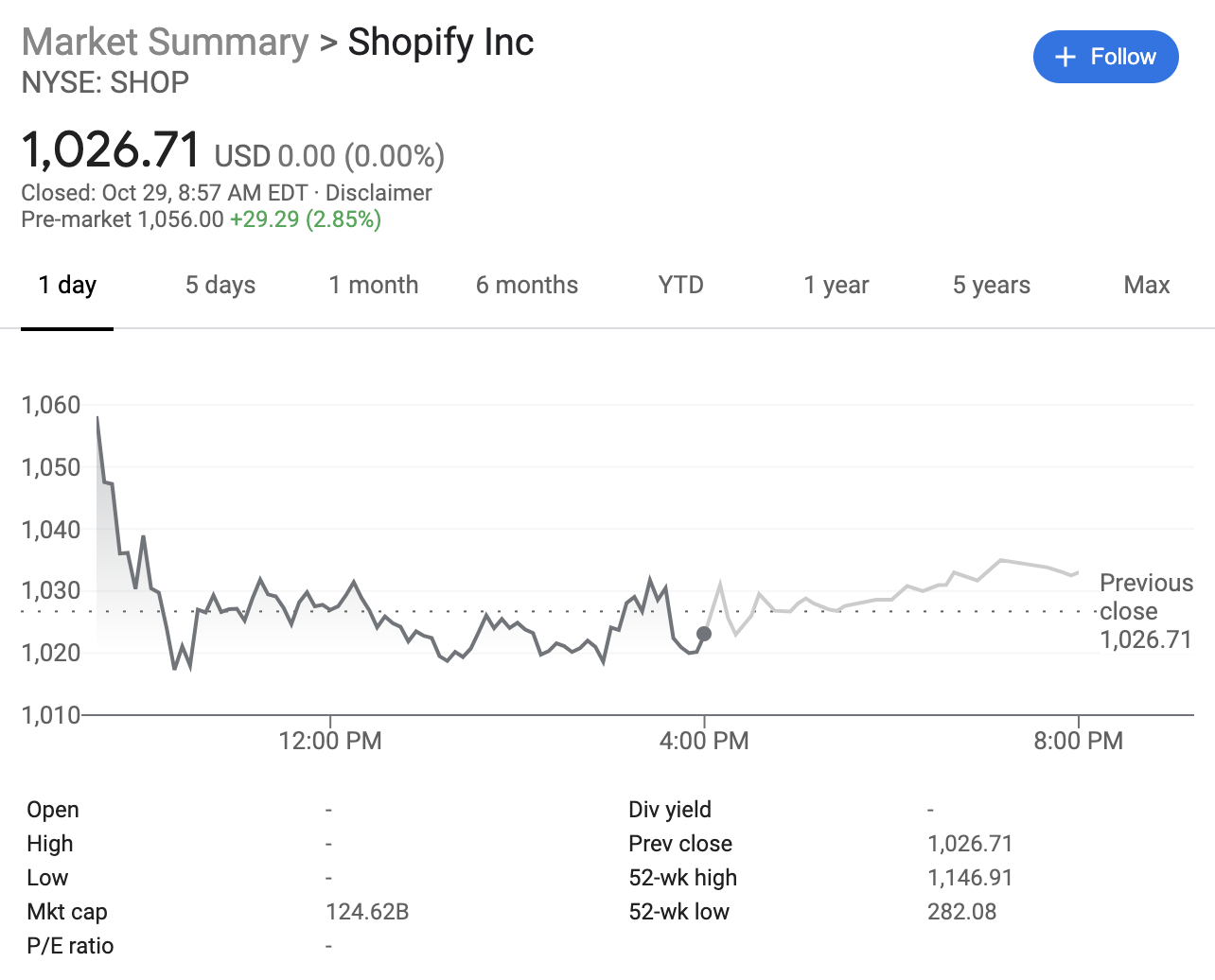- October 29, 2020
- by:
- in: Blog
European lawmakers are taking aim at big tech’s ability to push its own services in search results at the expense of rivals, with Commission EVP Margrethe Vestager confirming today that a legislative proposal due in a few weeks will aim to ban what she called “unfair self-preferencing”. The concern is that so-called gatekeeper platforms have
European lawmakers are taking aim at big tech’s ability to push its own services in search results at the expense of rivals, with Commission EVP Margrethe Vestager confirming today that a legislative proposal due in a few weeks will aim to ban what she called “unfair self-preferencing”.
The concern is that so-called gatekeeper platforms have the ability to manipulate the way that they rank different businesses — and “show their own services more visibly than their rivals”, she said in a speech.
The Commission is expected to propose a package of legislative measures next month to update long-standing EU ecommerce rules and propose new strictures for platforms with significant market power (aka gatekeepers) — making good on its earlier pledge to reboot digital regulation.
In her speech to the EPC Digital Clearinghouse today, Vestager confirmed that the Digital Services Act (DSA) and Digital Markets Act (DMA) will be introduced in a few weeks’ time.
The Commission is surely enjoying its timing, here, with grumblings of political discontent against big tech over the pond and the US Department of Justice having just filed an antitrust case against Google. Although the EU executive’s proposals for reworking digital rules have been years in the making.
Vestager said the DSA will update the existing E-Commerce Directive — by requiring digital services to “take more responsibility for dealing with illegal content and dangerous products”, including by standardizing processes for reporting illegal content and dealing with content reports and complaints.
“Those new responsibilities will help to keep Europeans just as safe online as they are in the physical world. They’ll protect legitimate businesses, which follow the rules, from being undercut by others who sell cheap, dangerous products. And by applying the same standards, all over Europe, they’ll make sure every European can rely on the same protection – and that digital businesses of all sizes can easily operate throughout Europe, without having to meet the costs of complying with different rules in different EU countries,” said Vestager.
She also confirmed increased transparency requirements would be in the package — such as related to content takedowns and recommendations; and also disclosures for online ads, including both who’s paying for an ad and “why we’ve been targeted by a certain ad”.
The DMA proposal will have two components, per Vestager: A “clear list of dos and don’ts” for “big digital gatekeepers”, which she said “will be based on our experience with the sorts of behaviour that can stop markets working well”; and a “harmonised market investigation framework” that will span the EU’s single market — giving the executive the power to preemptively intervene in digital markets to address structural problems before they become entrenched and lead to baked in Internet monopolies.
Recent press reports have suggested that the list of dos and don’ts that’s coming down the pipe for big tech could be lengthy — although the final detail remains to be seen.
But a ban on some forms of self-preferencing will certainly be on that list.
Google’s preferencing of its own services in search results has been on the European Commission’s antitrust radar for years — with a multi-year investigation into its Shopping search comparison service culminating in a $2.7BN fine in 2017 and an order to Google to cease abusive self-preferencing. Despite that action rival price comparison services have continued to complain it’s still not playing fair. Hence the Commission deciding more needs to be done now.
Another restriction Vestager confirmed affected major dual marketplaces — which are set to face future EU controls is on how they can use third party sellers’ data. She argued that the asymmetry of platforms both having access to sellers’ data and competing against those third parties in other markets “can seriously damage fairness” — saying the proposal “aims to ban big gatekeepers from misusing their business users’ data in that way”.
Again it’s an issue that’s been on the Vestager’s radar for some time. Last year, for example, the Commission opened a formal investigation into ecommerce giant Amazon’s use of merchant data (although that probe remains ongoing).
The other core plank of the DMA involves reform of digital competition rules, as EU lawmakers look to evolve the regulatory toolbox to keep pace with digital business.
“We face a constant risk that big companies will succeed in pushing markets to a tipping point, sending them on a rapid, unstoppable slide towards monopoly — and creating yet another powerful gatekeeper,” said Vestager, explaining the push for a harmonised set of rules to tackle structural problems in digital markets across the EU.
The risk of leaving it to EU Member States’ national competition authorities to tackle such issues is “a fragmented system, with different rules in different EU countries”, she went on, adding: “We’ve come to a point where we have to take action. A point where the power of digital businesses – especially the biggest gatekeepers – threatens our freedoms, our opportunities, even our democracy. And where the trust that successful digitisation relies on is becoming seriously frayed.”
The message to tech giants from the EU’s executive is an unwavering “things are going to have to change” — with enforced responsibility coming down the pipe to replace patchy self-regulation.
Vestager also made it clear the Commission is paying attention to how the future rebooted digital rules will be enforced — which is a key point given how a lack of uniformly vigorous enforcement has taken some of the shine off the EU’s rebooted data protection framework (because decision powers are held at the Member State level).
The commissioner said “effective enforcement” will be a vital component of the DSA package, arguing that: “To really give people trust in the digital world, having the right rules in place isn’t enough. People also need to know that those rules really work – that even the biggest companies will actually do what they’re supposed to. And to make sure that happens, there’s no substitute for effective enforcement.”
This means the package will include measures aimed at improving the way national authorities cooperate — “to make sure the rules are properly enforced, throughout the EU”, as she put it.
“Our proposal won’t change the fundamental principle, that digital services should be regulated by their home country. But it will set up a permanent system of cooperation that will help those regulators work more effectively, to protect consumers all across Europe. And it will give the EU power to step in, when we need to, to enforce the rules against some very large platforms,” she added.
The Commission is also clearly banking on the DMA as its key enforcement lever against big tech’s market-denting bulk — by being able to intervene proactively as a way to foster and sustain competition.
And with anger at big tech riding high across Europe the Commission likely feels confident in getting bu-in from EU Member States’ representatives on the EU Council and the elected members of the European Parliament — support that it’ll need to get its legislation proposals across the line.











